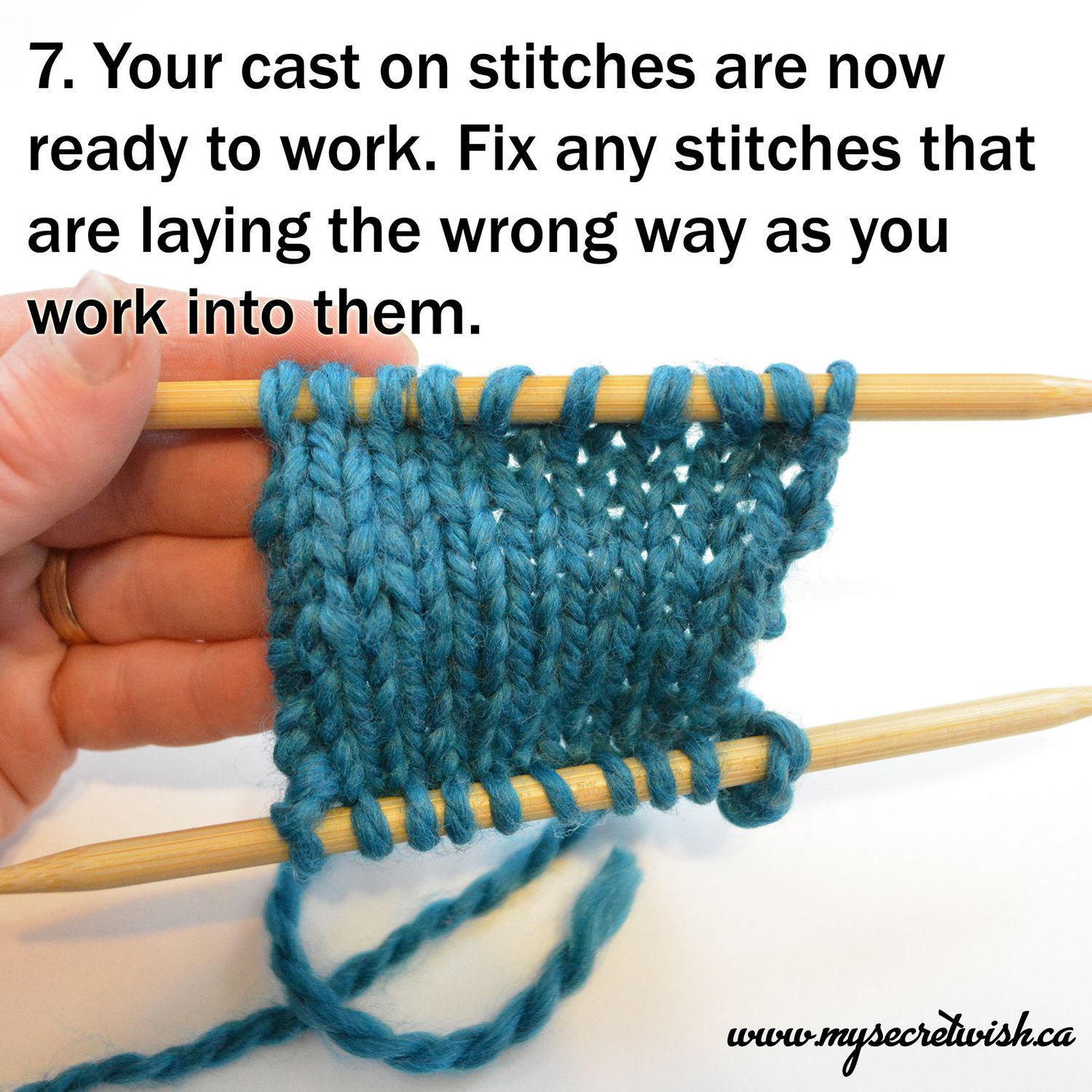
Provisional Cast On
For when you want to knit both directions.
The Provisional Cast On is a magical technique for creating an edge that can be released to pick up live stitches later. It’s ideal for when you want to knit in the opposite direction of your original stitches or you need to seamlessly graft your ends to make a loop—for instance, to create a cowl or a hatband. It's also handy for crafting elegant hems on sweaters. Learn how with this easy tutorial!
Pros:
- Allows you to knit in both directions from a cast-on edge.
- Can be used to create rolled hems or centre-back-seam shawls and shrugs.
- Can be used to create closed loops like cowls or hat bands (and joined with the live stitches on the “top” of the work with Kitchener Stitch).
Cons:
- You need to use a crochet hook to do it.
- You need to remember which way to wrap your yarn around the needle while creating it.
- Can be difficult to release scrap yarn from cast-on edges that mix knits and purls.
In this tutorial, learn how to create a crocheted provisional cast on in order to be able to knit from the top and the bottom of your work.












